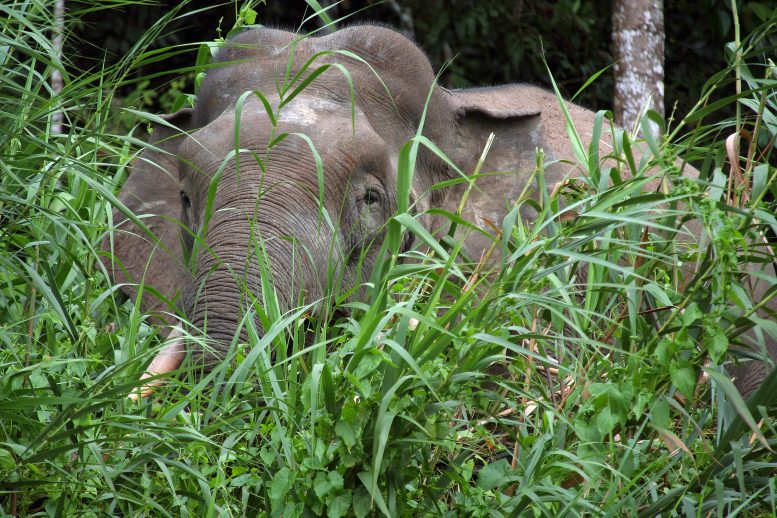
A Borneo pygmy elephant. Research from The University of Queensland reveals that large national parks not only enhance bird diversity within their boundaries but also significantly increase mammal diversity in adjacent unprotected areas. Credit: Mike & Valerie Mille
Large national parks significantly boost mammal diversity in nearby unprotected areas, highlighting their importance for conservation strategies in biodiversity-rich regions like Southeast Asia.
New research reveals the significant benefits of large national parks in promoting biodiversity. Not only do these parks enhance bird diversity within their boundaries, but they also increase mammal diversity in surrounding unprotected areas.
The University of Queensland’s Dr. Matthew Luskin said the study, which involved using more than 2,000 cameras and bird surveys across Southeast Asia, reveals for the first time the benefit of expanding protected land areas around the globe beyond park boundaries.
“Protected area expansions are often a difficult and expensive process, but our results show they are absolutely worth it,” Dr. Luskin said.
“We already know that protected areas can reduce logging – and you can see that from satellite imagery – but what you can’t see is the number of animals inside the forest.
“We also know that marine parks often report biodiversity spillover, whereby fish reproduce successfully inside park boundaries and their offspring disperse, benefiting surrounding habitats.
“What we didn’t know until now was whether terrestrial land parks are successful in providing biodiversity spillover, or simply displace biodiversity losses to surrounding areas.”
Research Findings and Conservation Implications
“Our analysis has revealed the benefits parks, specifically large ones, have to terrestrial mammals,” Dr. Luskin said
“Specifically, we found that when comparing unprotected areas near large reserves to unprotected areas that didn’t border large reserves, large reserves generated an up to 194 percent boost in mammal diversity.”
Researchers say the results provide a much-needed conservation win for large reserves in the mega-biodiverse Southeast Asian region, which is under threat from a multitude of factors, namely hunting and deforestation.
“Hunting is a key concern for Southeast Asia and a prime suspect for why diversity has often been assumed to decline outside of parks,” Dr. Luskin said.
“Hunters are mobile and so we had thought that hunting bans within park boundaries may only displace these activities to nearby unprotected areas, undermining their net benefit.
“It’s common to see hunters inside and outside of parks in many countries and we expected that hunters’ removing game animals would reduce diversity, but it appears parks limit hunting to the extent it doesn’t completely remove these animals.
“Another likely benefit of large parks is they support wide-ranging animals, such as tigers or elephants, that move across entire landscapes, including protected and unprotected areas.”
Recommendations for Future Conservation Efforts
Lead author, Dr. Jedediah Brodie from the University of Montana, and the Universiti Malaysia Sarawak, said the teams’ work provides a clear motivation for future park designs to push for larger size as a key factor.
“This would fit nicely with the UN’s 30 by 2030 goal, which would increase protected areas to 30 percent of all land,” Dr. Brodie said.
“Larger parks routinely had higher bird diversity, and considering the UN’s 30 by 2030 goal, these findings support the creation of fewer larger parks compared to many smaller ones.”
Moving forward, researchers aim to quantify shifts in the abundance of mammals and birds inside and outside of parks and expand their work to other regions, including Australia.
“I suspect that parks will support mammal abundances even more than diversity,” Dr. Brodie said.
“It’s certainly an interesting prospect and the team looks forward to clarifying the relationship between park types and biodiversity to ensure optimal conservation outcomes.”
This research was published today (August 23) in the journal Nature.
Reference: “Landscape-scale benefits of protected areas for tropical biodiversity” by Jedediah F. Brodie, Jayasilan Mohd-Azlan, Cheng Chen, Oliver R. Wearn, Mairin C. M. Deith, James G. C. Ball, Eleanor M. Slade, David F. R. P. Burslem, Shu Woan Teoh, Peter J. Williams, An Nguyen, Jonathan H. Moore, Scott J. Goetz, Patrick Burns, Patrick Jantz, Christopher R. Hakkenberg, Zaneta M. Kaszta, Sam Cushman, David Coomes, Olga E. Helmy, Glen Reynolds, Jon Paul Rodríguez, Walter Jetz and Matthew Scott Luskin, 23 August 2023, Nature.
DOI: 10.1038/s41586-023-06410-z

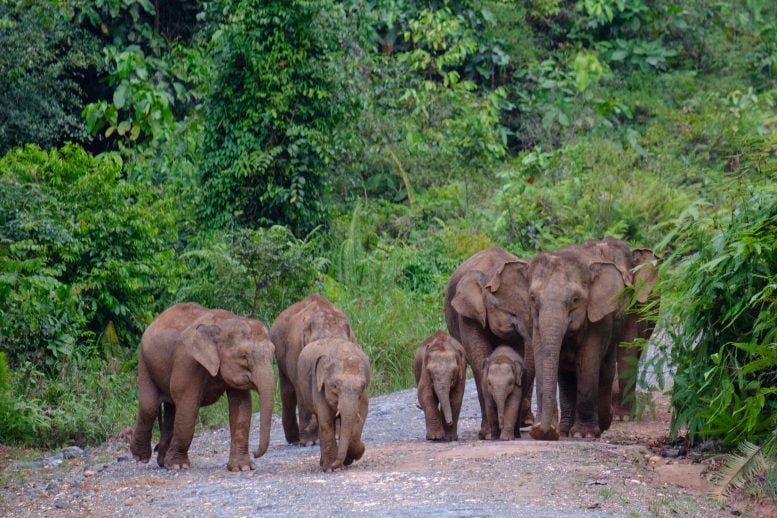
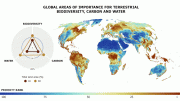
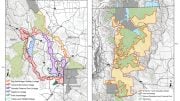
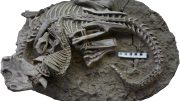


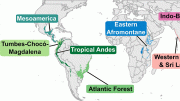

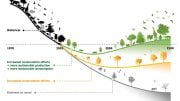
Be the first to comment on "Surprising Spillover: Wildlife Overflow Enriches Mammal Biodiversity Beyond Park Boundaries"